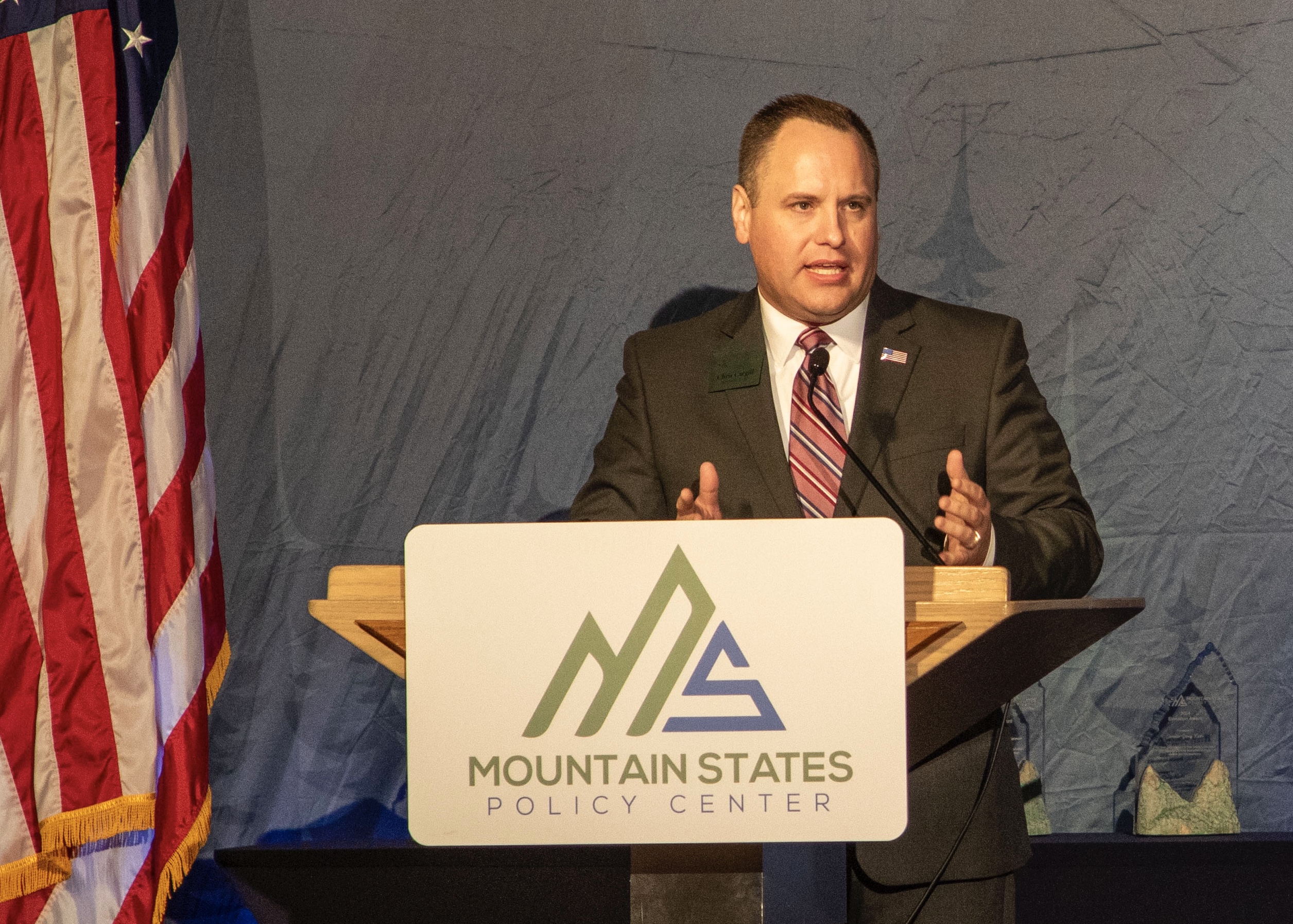The people deserve gas tax transparency at the pump
- Chris Cargill
- Oct 12, 2022
- 3 min read
Updated: Jul 21, 2023

As gas prices continue to surge, who do we blame? The president’s policies are always a point of contention. So, too, are the profits of oil companies. Occasionally, even innocent gas station attendants and owners get angry treatment. Earlier this year, the president suggested gas station owners were voluntarily jacking up the price.
What you rarely here is how much the government takes from the cost of a gallon of gasoline, for itself. Gas prices are inflated by government taxes and fees.
Do consumers in the Mountain States really know what they are paying when they fill up at the gas station? The answer is likely no. That’s because gasoline is one of the few products we purchase where taxes and fees are built into the price. This means there is no transparency about the true financial burden placed on consumers.

The U.S. Department of Transportation says gas taxes make up about 19% of the overall cost of a gallon – but this will vary depending on the state and the current price. For example, if the gas price is high, the gas tax percentage will be lower. Likewise, if the gas price is low, the gas tax percentage could be much higher.
Gas taxes vary by state, but the Mountain States do charge more than average. In Idaho, the state gas tax is 32 cents per gallon. It was last increased in 2015.

In Montana, the state gas tax costs consumers 31 cents per gallon. And in Washington, the state tax hits nearly 50-cents per gallon.
Washington is also preparing to implement a carbon tax and low carbon fuel standard that will dramatically increase the cost of a gallon of gasoline – and force more border drivers to Idaho to find cheaper options.
The state-by-state tax burden does not include the federal gas tax of 18.4 cents per gallon. When you add it all together, Idaho, Montana and Washington all have gas taxes that rank among the highest 16 states.
In most states, gas taxes are mostly used to fund roads, bridges and a state’s transportation system. And, so long as the money is being used wisely, most drivers are okay with that. However, when policymakers adopt gas tax hikes, there is no accountability built into the system. The cost is hidden in the price.
This is unusual when purchasing almost any product. After all, the price of a loaf of bread at the grocery store does not have the sales tax built in. Neither does the purchase of a bottle of water. Most consumers can see the tax burden they face on their receipt.
If they don’t like it or don’t think it’s being used properly, they can talk to their elected officials. But with gas taxes, consumers are left in the dark.
The fix to this lack of transparency is what has been called “truth-in-labeling.”
In 2017, Washington state passed a law requiring the Washington state Department of Agriculture to produce a sticker that would be placed on every gas pump near the weights and measures certification. The sticker would simply inform drivers of their state and federal tax burden.
In Washington, the WSDA conducts periodic inspections of gas pumps, so it made sense to assign the transparency task to that agency.
Overall, drivers responded positively to the stickers. The cost for taxpayers was minimal – simply the price of the stickers – as state workers already travel around the state to pumps for weights and measure tests.
In Ohio, state workers began placing the stickers on gas pumps in 2019, as part of a deal to increase the gas tax. In Utah, gas tax stickers are being placed at stations beginning this year.
This simple, transparent idea should be considered in Idaho and across the Mountain States. Since government taxes and fees make up such a large portion of the overall cost of a gallon of gas, a “truth-in-labeling” policy is a reform worth pursuing.







Comments